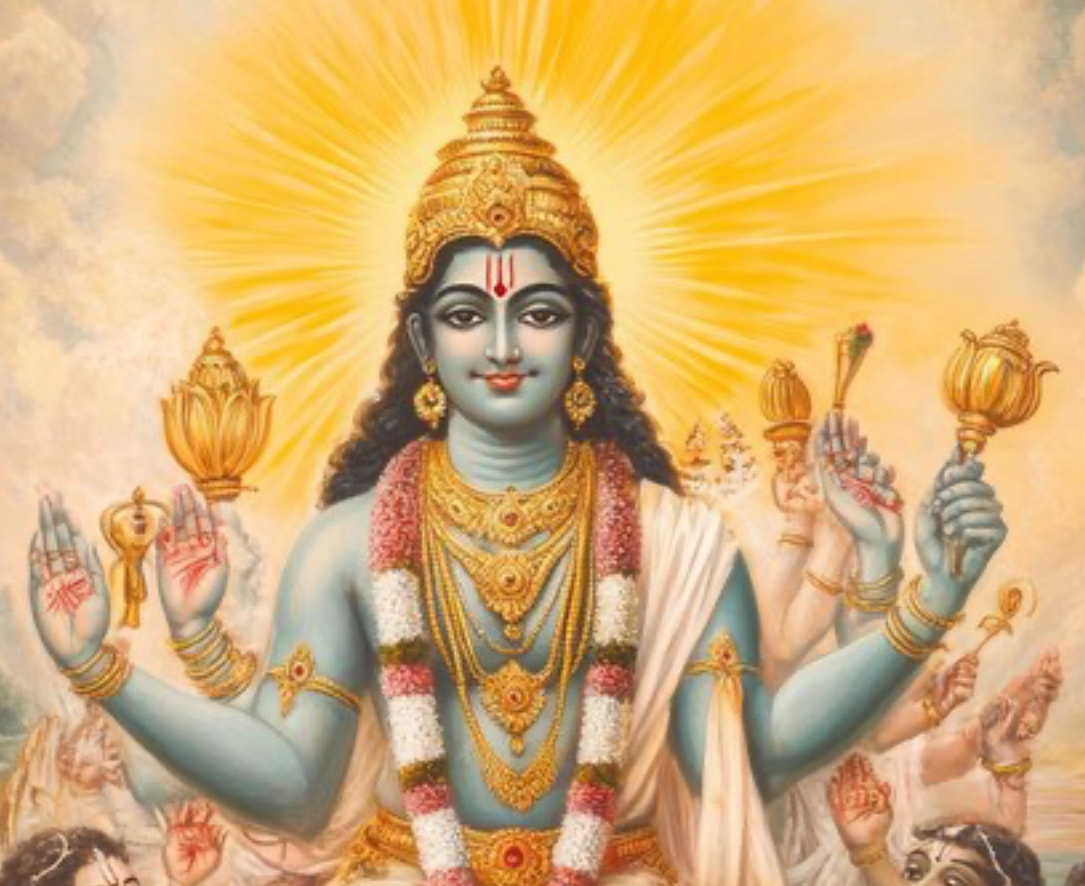|
In a previous post I promised to follow up on how the 4 power objects of Vishnu were related to the 4 card suits of the Tarot Minor Arcana. Well, after doing a bit of research I discovered that not only are there are several Hindu gods with four arms, but I also could find no research saying that Vishnu’s power objects were related to the Tarot card suits, so what follows is simply my best guess.
First of all, who is Vishnu? Vishnu is one of the major Hindu Gods, each of whom have a distinct role in the world. While Brahma is the creator god and Shiva is the destroyer, Vishnu is known as the preserver. His job is to maintain the balance between good and evil that gets us through our daily lives. This is interesting since the Minor Arcana cards represent everyday people and events. Vishnu’s power objects are the mace, the conch, the discus and the lotus. Here are my guesses as to how they might relate to the Tarot suits of wands, swords, coins and cups.
Thanks for reading. I’d love to hear if you have any further ideas and information on this subject.
0 Comments
|
Rebecca BushI've practiced astrology and reading the Tarot for over 40 years. These practices never cease to fascinate me and lend insight to my life. Categories |

